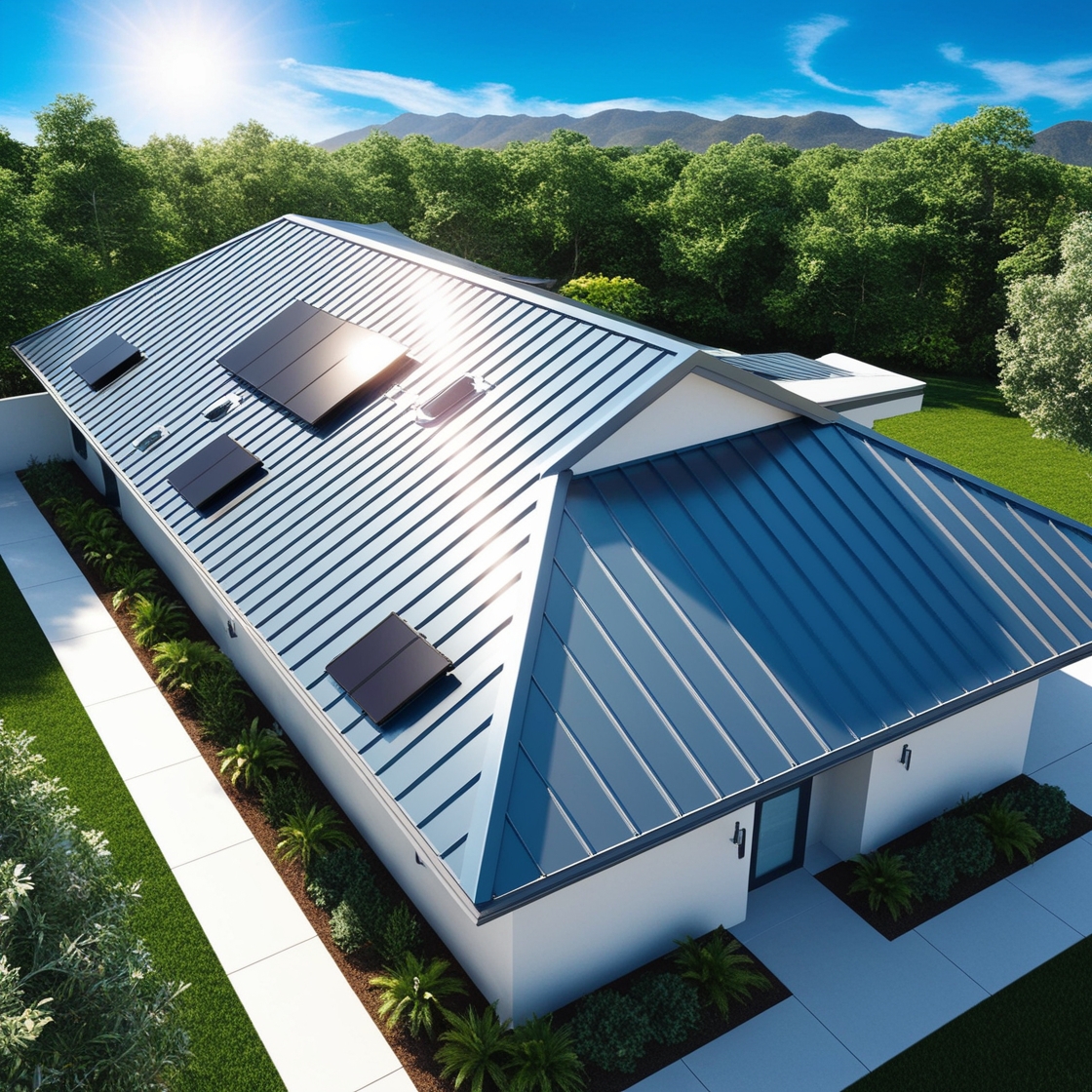When considering materials for your home, safety is always a top priority. Roofing shingles are a common choice for many homeowners due to their durability, aesthetic appeal, and relative cost-effectiveness. However, one question often arises: Do roofing shingles burn? Understanding the fire resistance of roofing shingles is crucial for both safety and compliance with building codes, especially in areas prone to wildfires. This article will explore the fire resistance properties of different types of roofing shingles, their behavior under fire conditions, and how to choose the best shingles to protect your home.
The Basics of Roofing Shingles
Roofing shingles are a key component of any roof, providing a protective barrier against the elements. They come in various materials, including asphalt, wood, metal, and composite. Each type has its own set of characteristics, including how they respond to fire.
Asphalt Shingles
Asphalt shingles are the most commonly used roofing material in the United States. They are made from a base of either organic felt or fiberglass, which is then coated with asphalt and topped with mineral granules.
One of the significant advantages of asphalt shingles is their fire resistance. Fiberglass-based asphalt shingles, in particular, are often classified as Class A, the highest rating for fire resistance. This means they are effective against severe exposure to fire, do not easily ignite, and help prevent the spread of flames. However, organic asphalt shingles, which have a felt base, are more prone to burning and typically have a lower fire resistance rating (Class C).
Wood Shingles and Shakes
Wood shingles and shakes, often made from cedar, are prized for their natural beauty and rustic appeal. However, wood is inherently flammable, making these shingles more susceptible to fire. Untreated wood shingles have a lower fire resistance rating (usually Class C), meaning they are vulnerable to fire, especially in dry and windy conditions.
To improve their fire resistance, wood shingles can be treated with fire-retardant chemicals, which can elevate their rating to Class B or even Class A. However, even with treatment, they are generally considered less fire-resistant than other materials like asphalt or metal.
Metal Roofing
Metal roofing shingles are typically made from steel, aluminum, or copper. These materials are non-combustible, meaning they do not burn. Metal shingles are often rated Class A, the highest level of fire resistance. They do not ignite under direct flame and can provide excellent protection against flying embers and radiant heat.
One potential drawback of metal roofing is that it can transfer heat to the underlying materials if they are not properly insulated, which could pose a risk in prolonged fire exposure. However, with proper installation and insulation, metal roofs are among the safest options for fire-prone areas.
Composite and Synthetic Shingles
Composite shingles, also known as synthetic shingles, are made from a mixture of materials, including plastic, rubber, and asphalt. Their fire resistance varies depending on the specific composition and manufacturer. Many composite shingles are designed to mimic the look of wood or slate while offering better fire resistance.
High-quality composite shingles often achieve a Class A fire rating, making them suitable for areas with strict fire safety regulations. They are less likely to ignite than traditional wood shingles and can help prevent the spread of fire across the roof.
The Role of Fire Ratings
When evaluating the fire resistance of roofing shingles, it’s essential to understand the fire rating system. Fire ratings are assigned by testing agencies like Underwriters Laboratories (UL) and classify roofing materials into three categories:
- Class A: Provides the best resistance to fire, able to withstand severe exposure without igniting or spreading flames.
- Class B: Offers moderate fire resistance, effective against moderate exposure.
- Class C: Provides the lowest level of fire resistance, suitable for areas with minimal fire risk.
Building codes in many regions require a certain level of fire resistance for roofing materials, especially in areas prone to wildfires. Choosing shingles with a higher fire rating can significantly reduce the risk of roof fires and improve the overall safety of your home.
Considerations for Fire-Prone Areas
For homeowners in fire-prone areas, selecting the right roofing shingles is a critical decision. While aesthetics and cost are important factors, fire resistance should be a top priority. In addition to choosing shingles with a high fire rating, consider the following tips:
- Installation: Proper installation is crucial for maximizing fire resistance. Ensure that shingles are installed according to manufacturer guidelines and local building codes.
- Ventilation: Proper attic ventilation can help reduce the risk of fire by preventing the buildup of heat under the roof.
- Fire-Resistant Underlayment: Using a fire-resistant underlayment beneath the shingles can provide an additional layer of protection.
- Regular Maintenance: Keep your roof clean and free of debris, such as leaves and branches, which can act as fuel in the event of a fire.
- Consider Metal or Synthetic Options: For the highest level of fire protection, metal or high-quality composite shingles are excellent choices.





